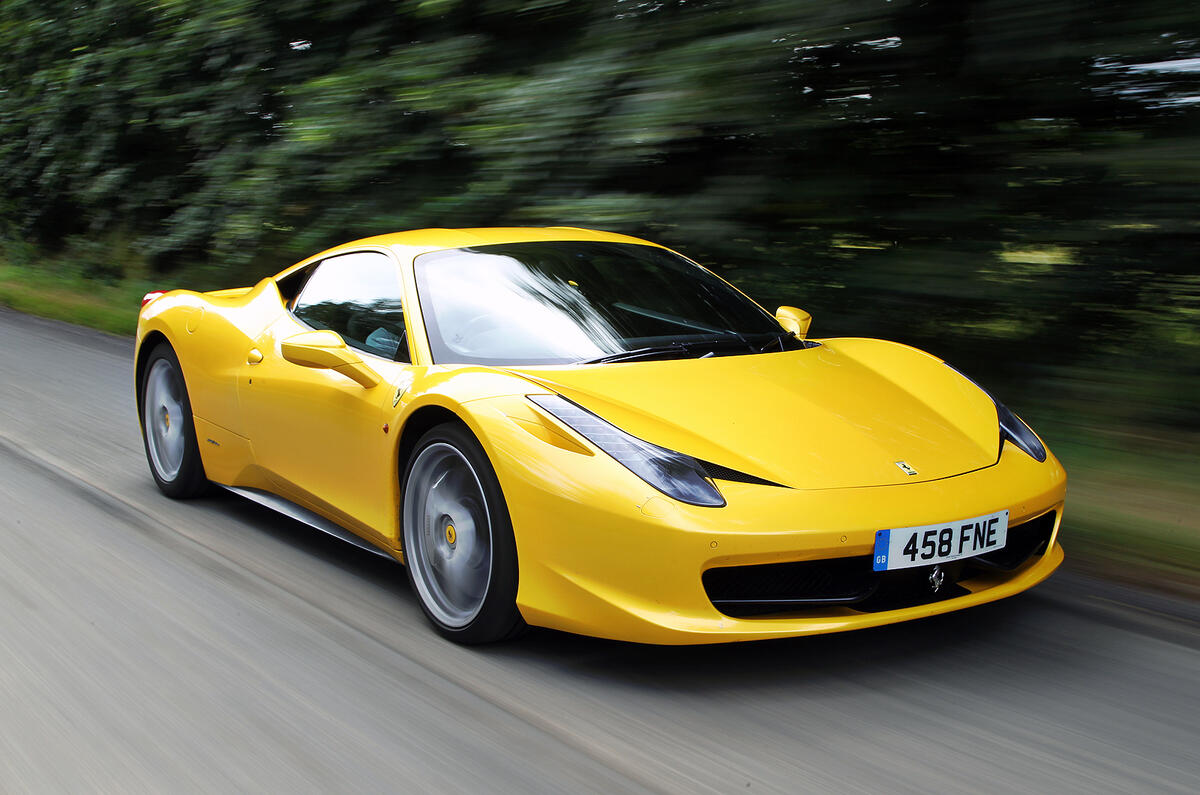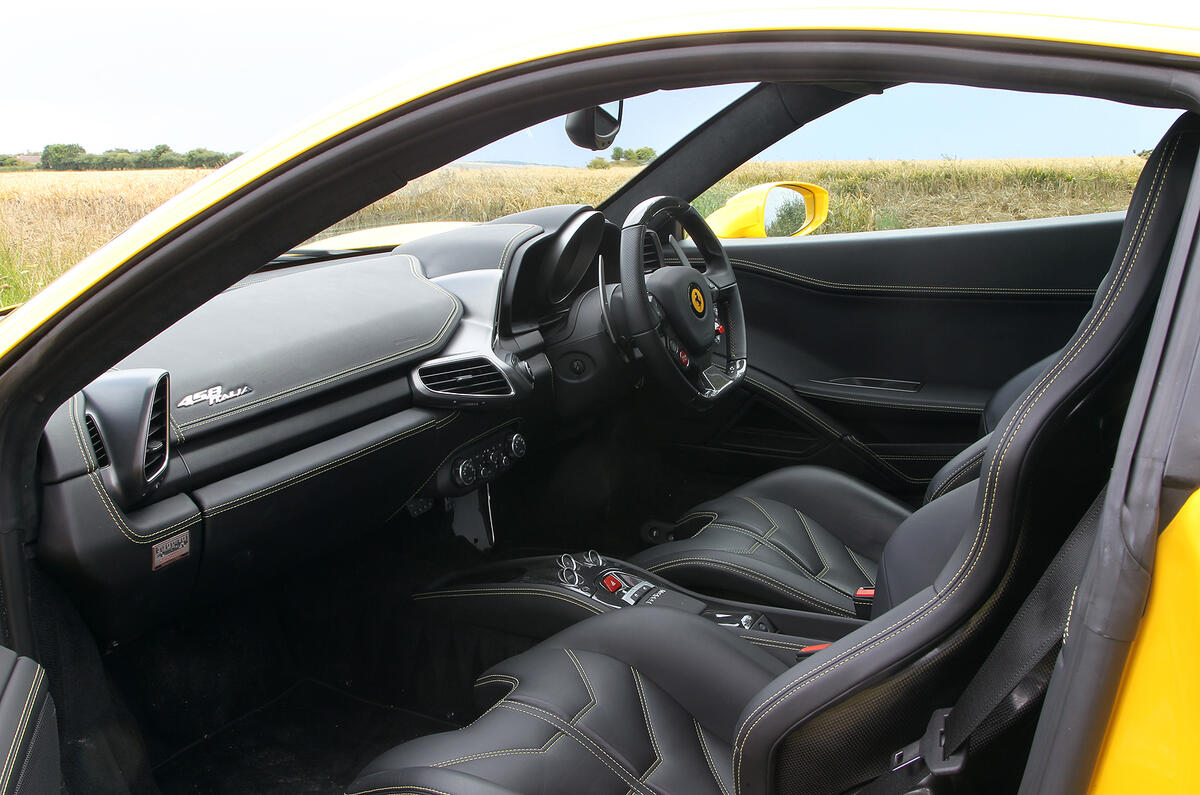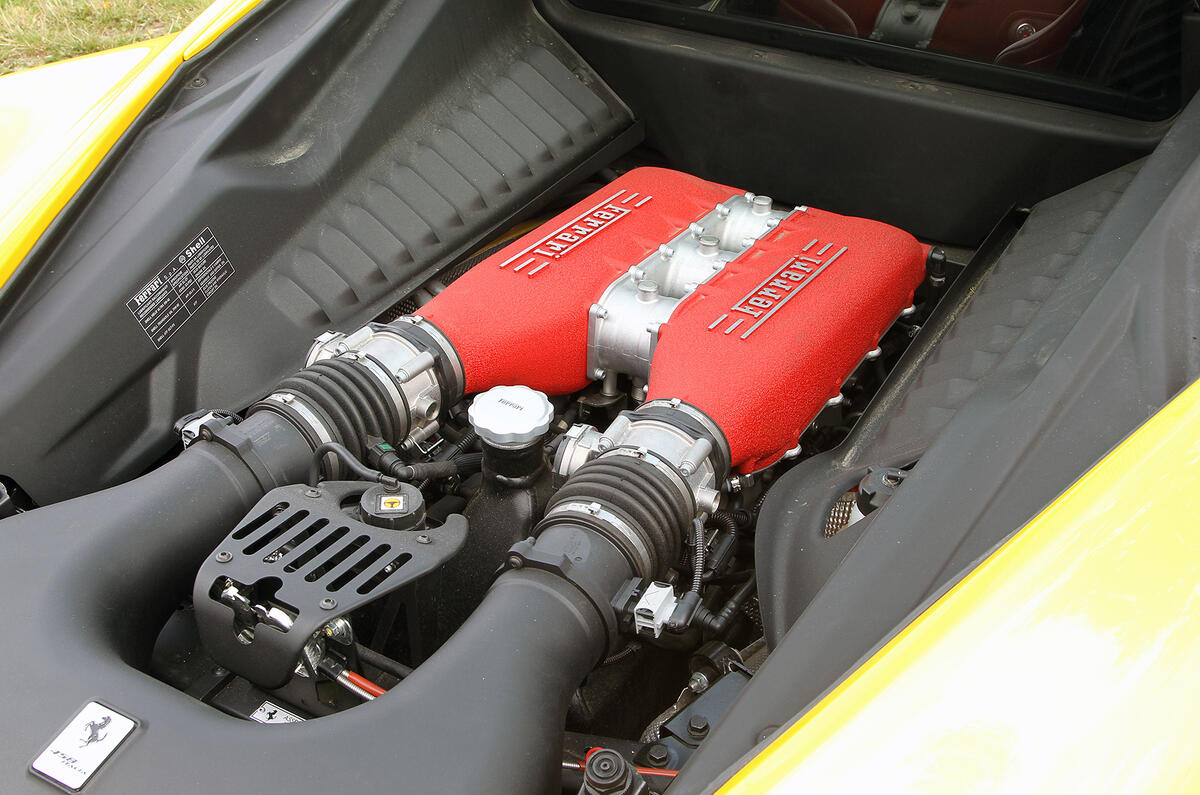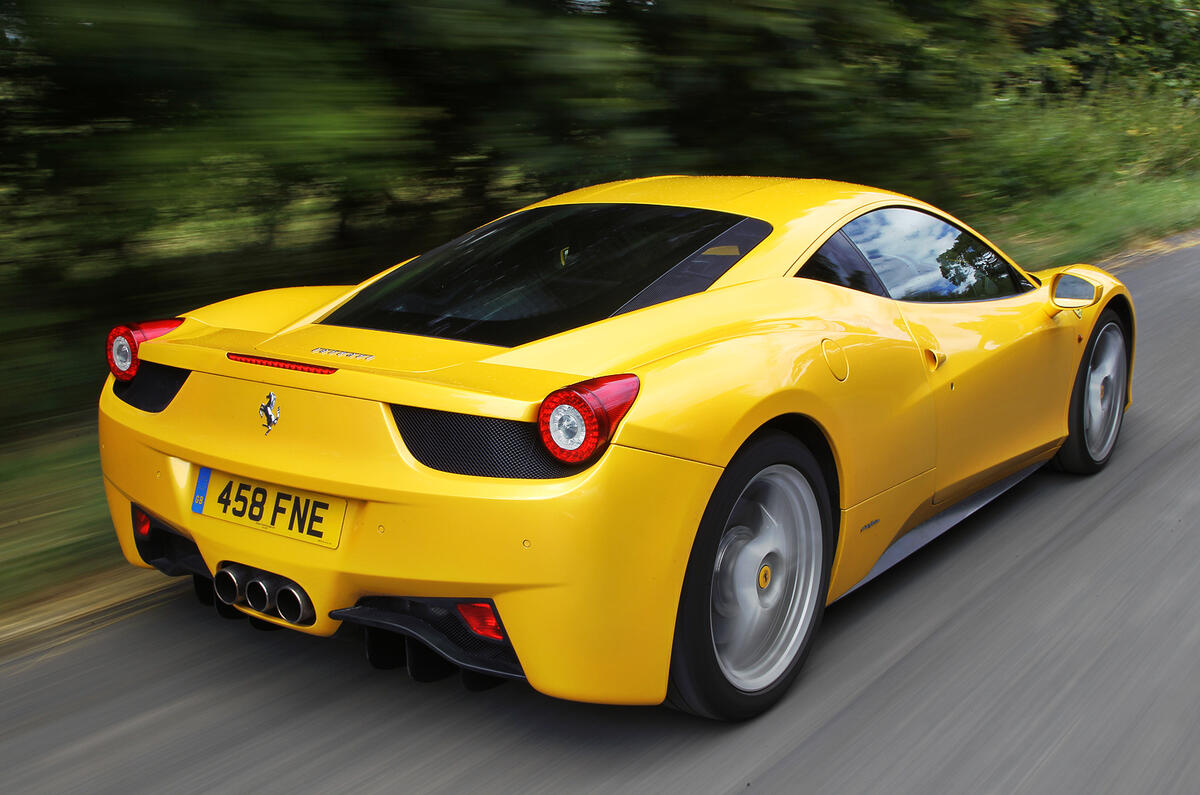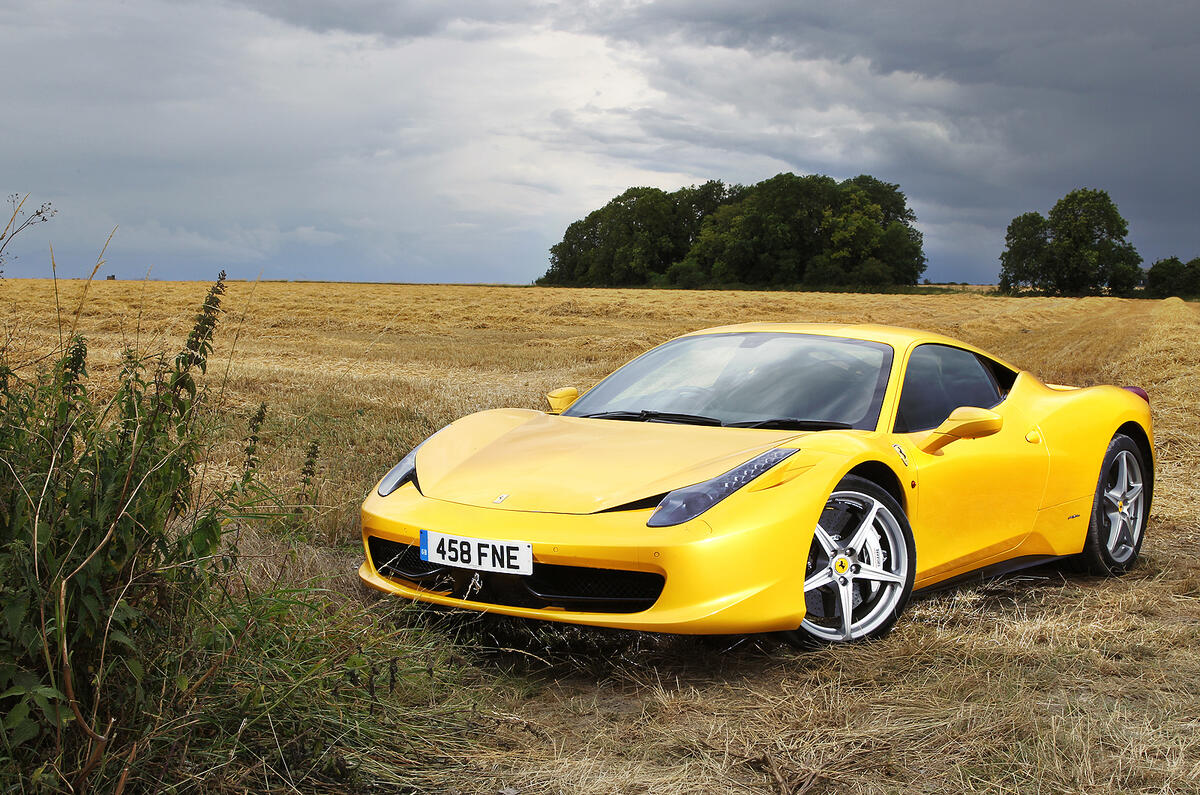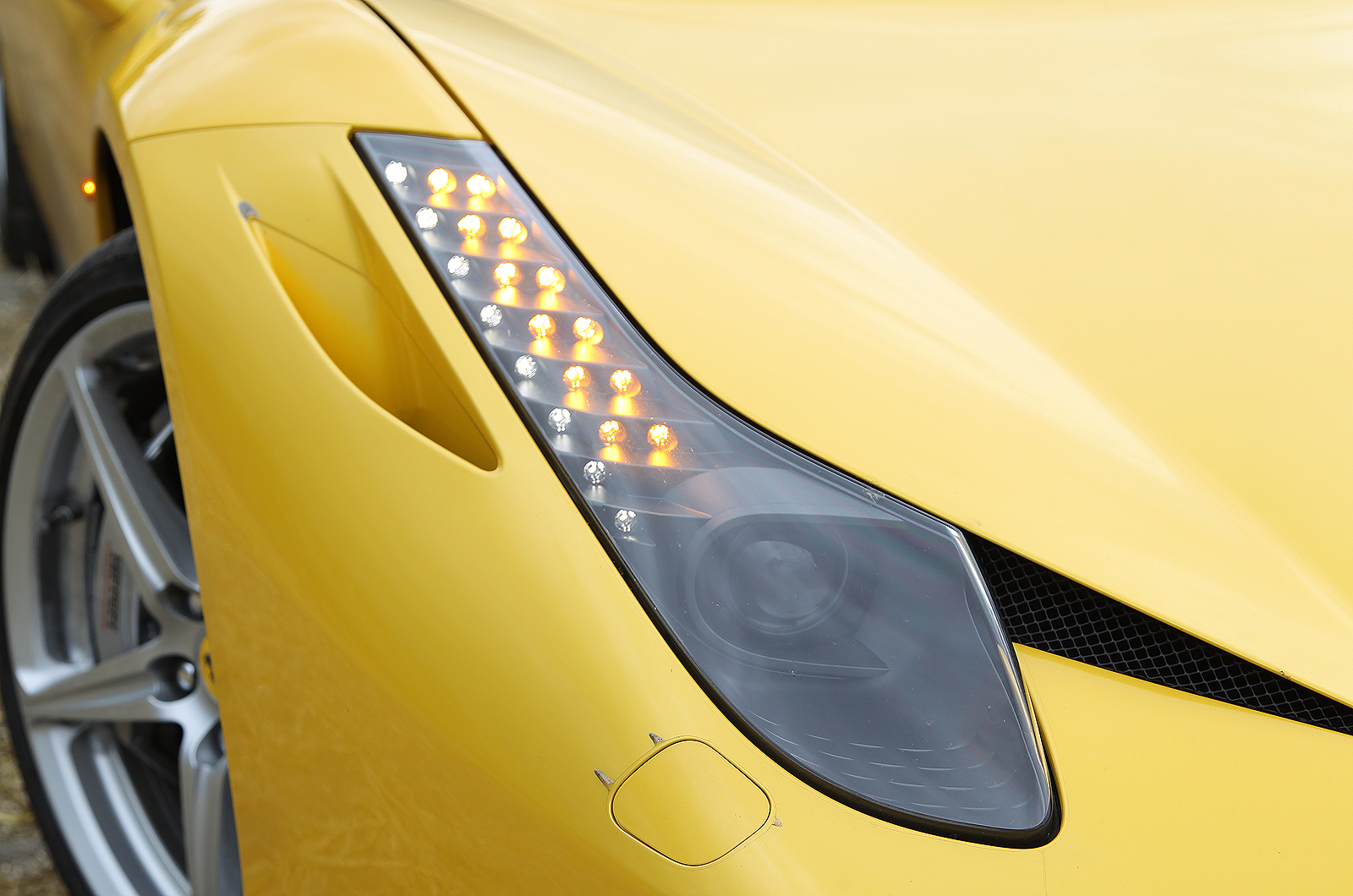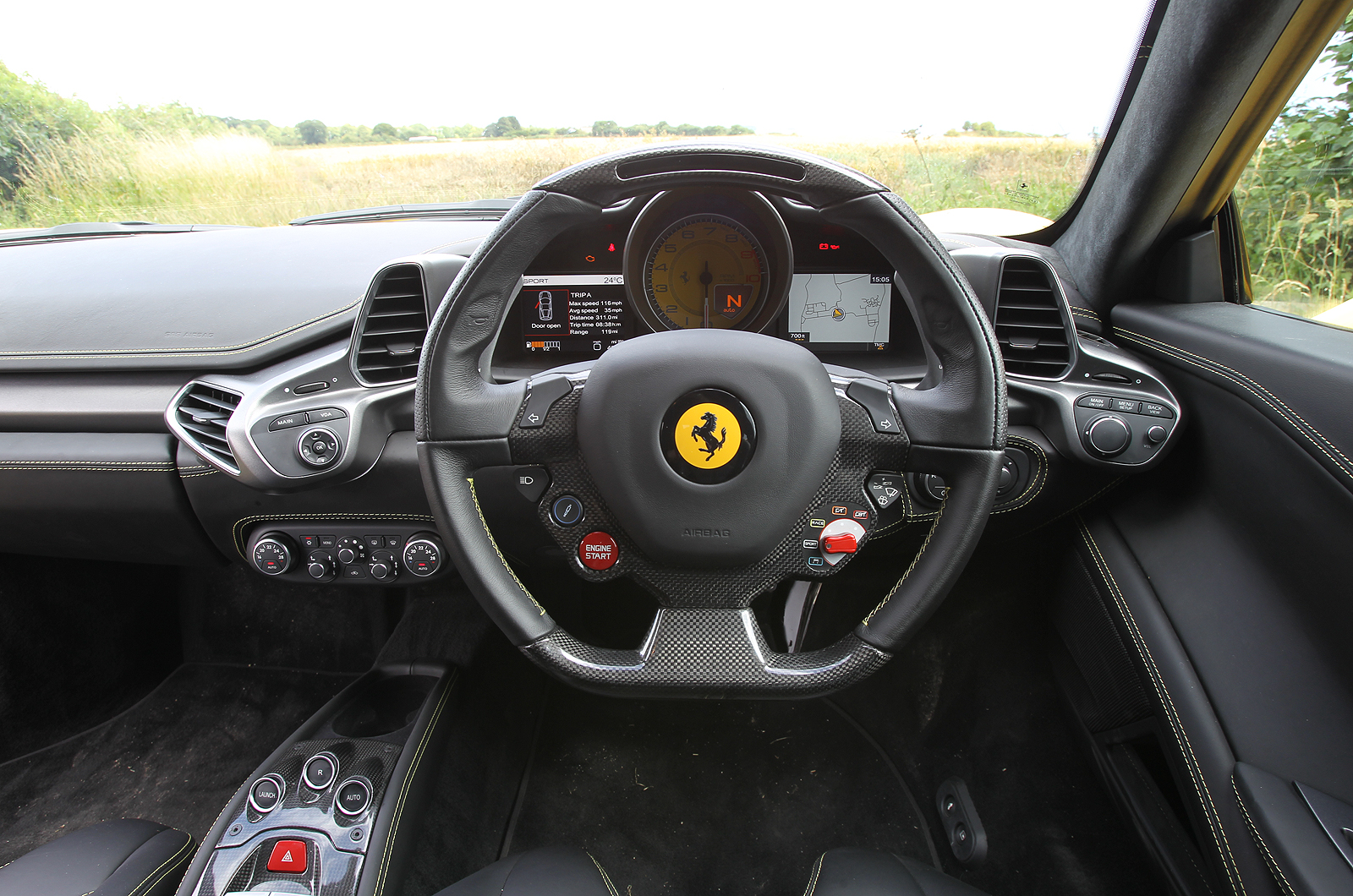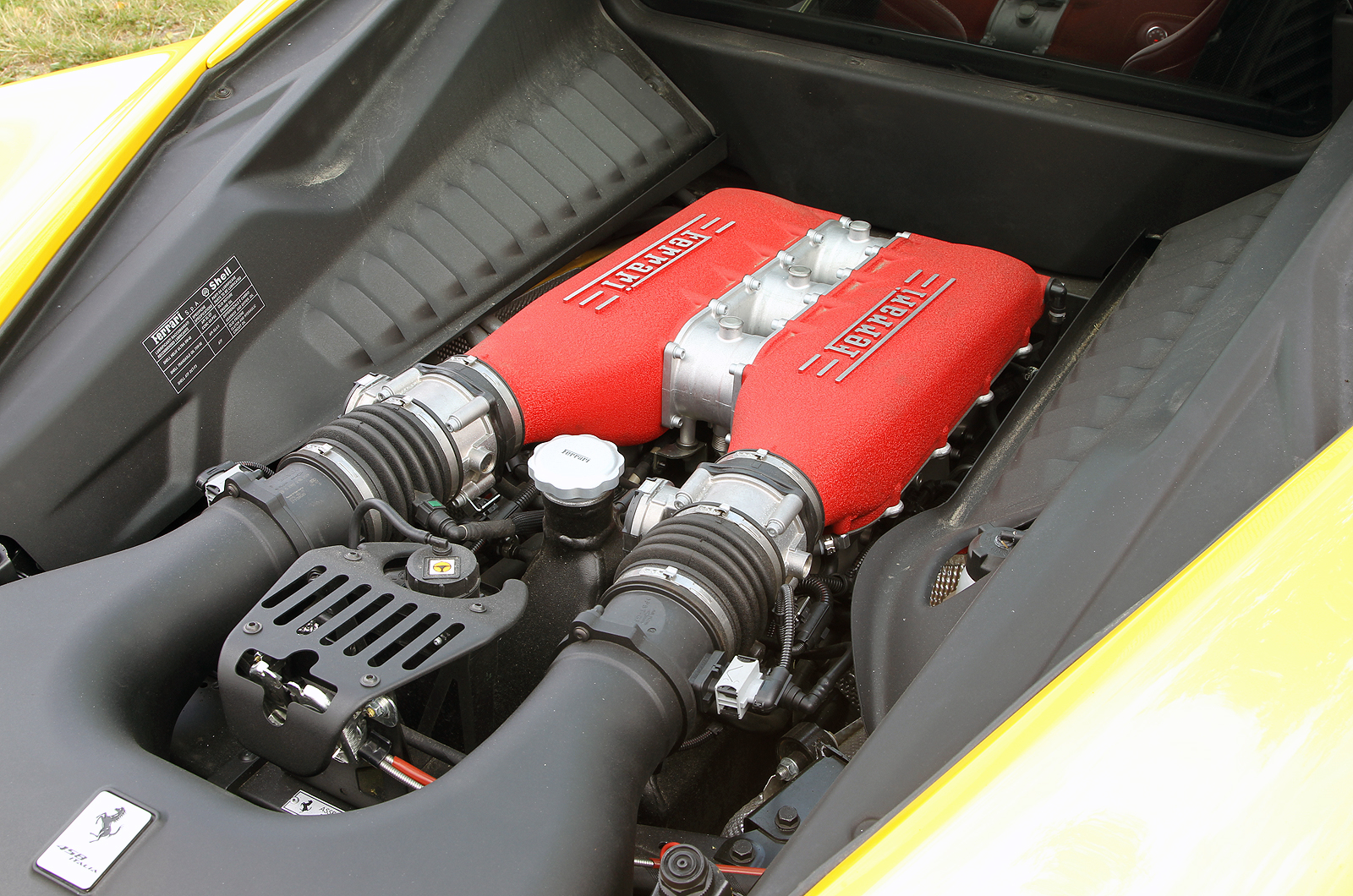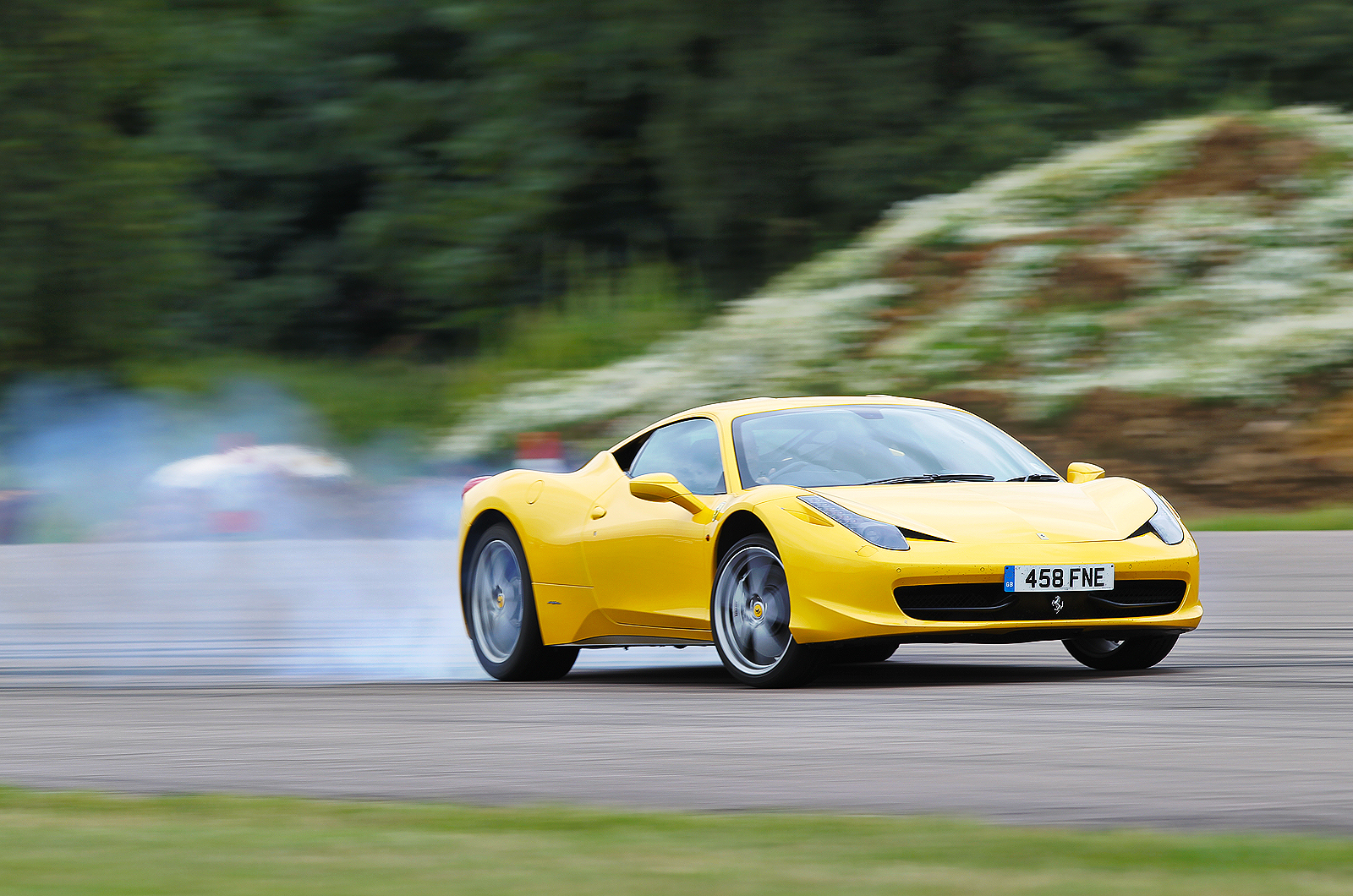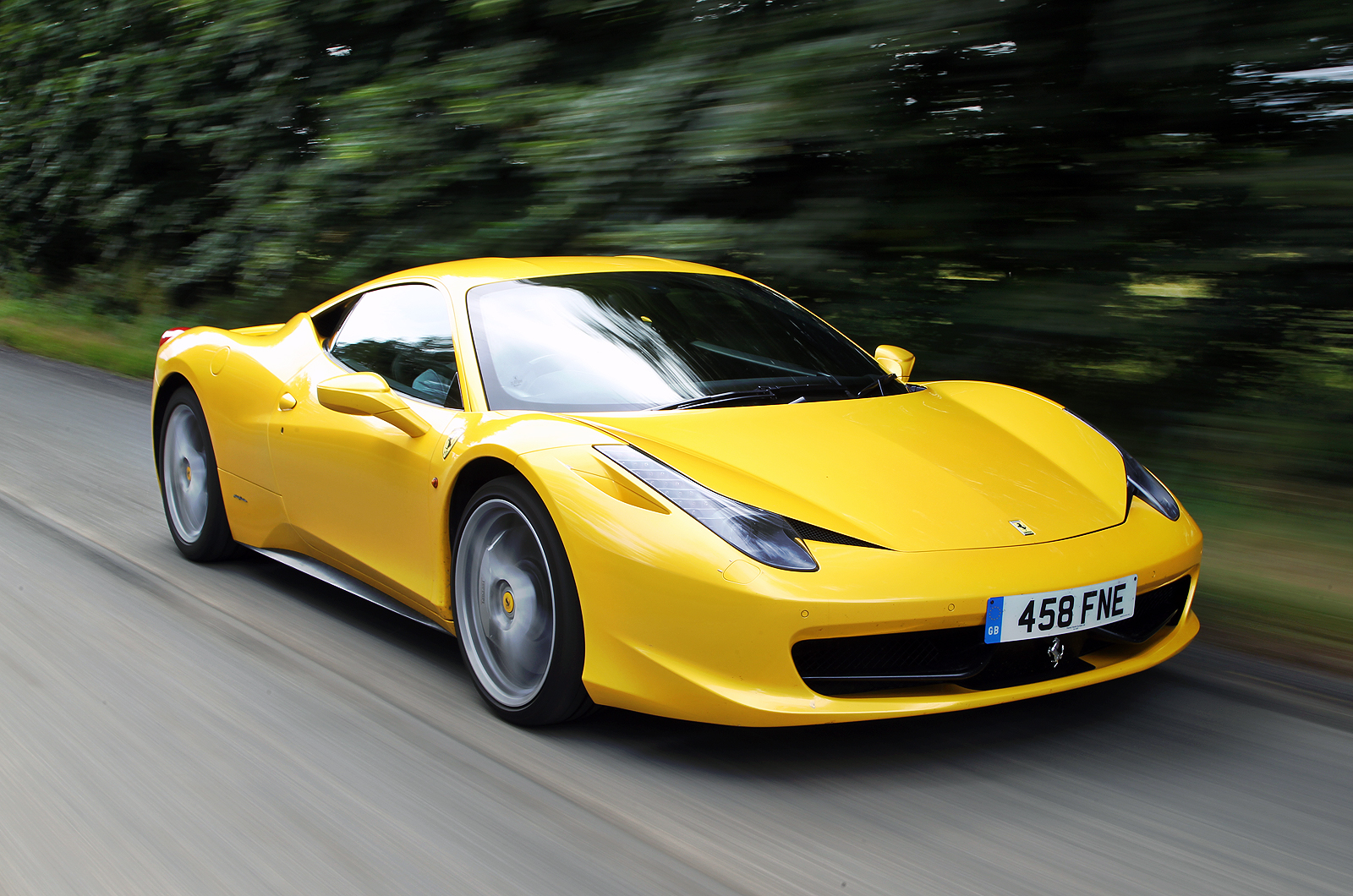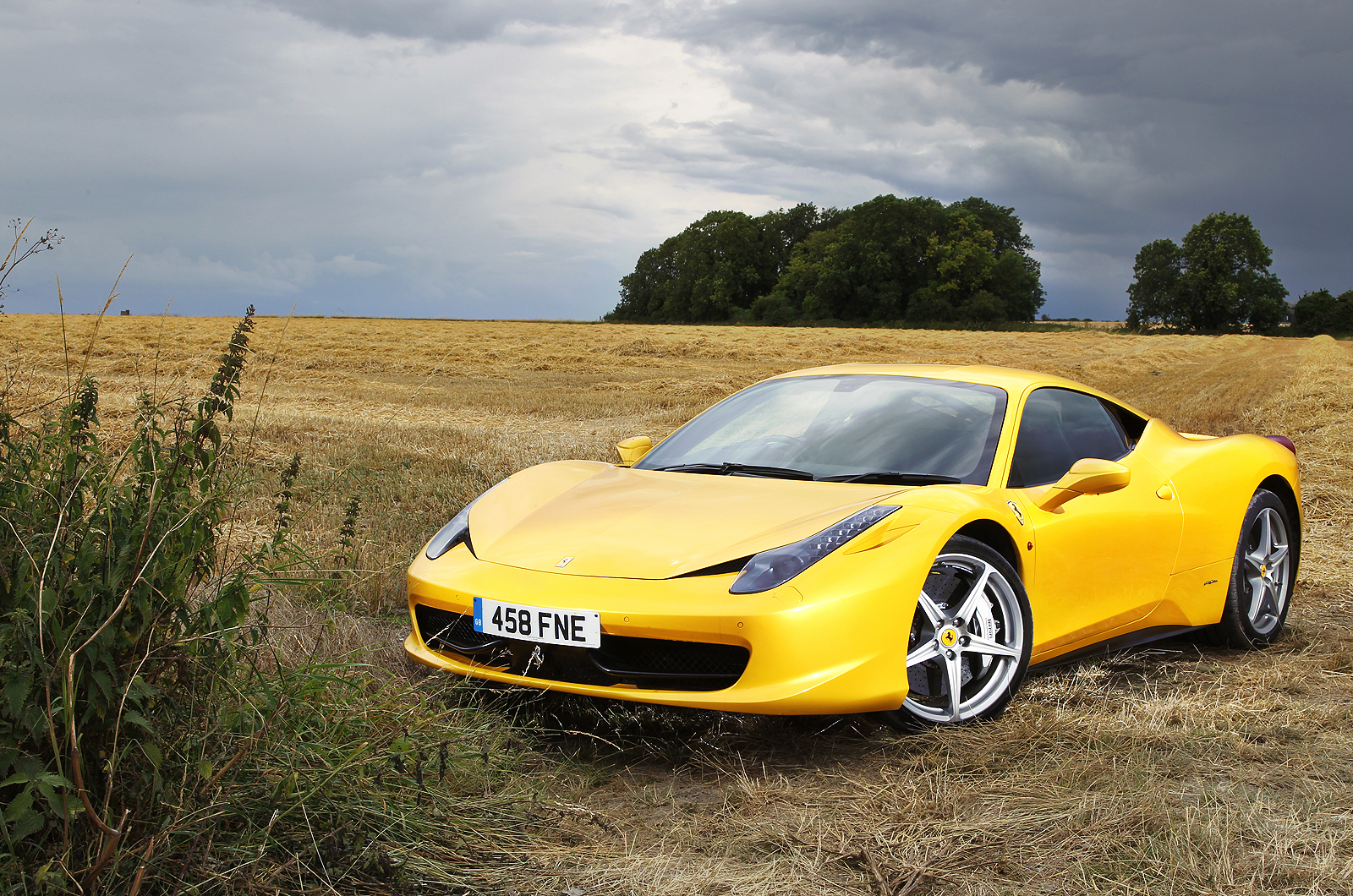The classic mid-engined V8 berlinetta layout seen here in the Ferrari 458 Italia actually began with the 2+2 Dino 308 GT4 in 1973. In more recent history, it is the elegant 1994 F355 that many think of when considering the best and most memorable of the two-seat ‘baby’ Ferraris that make up the 458’s predecessors.
Since the 3.5-litre F355 ended production in 1999, two new generations – the 360 Modena and F430 – had rolled out of Maranello before the 458 arrived.
There has always been a bit of a contradiction about the notion of a junior Ferrari. But, with a few notable exceptions, that is how the mid-engined V8-powered cars from Maranello have come to be known.
So it was with the 308 GTB, and the line of cars that followed. Now, though, things are changing at Ferrari. In the California, it has a fourth model line designed to cater for those wanting a slighter softer experience from their Prancing Horse.
That in turn has given this 458 Italia, the latest V8 Ferrari, the licence to move into more serious territory. There is nothing remotely junior about 562bhp or a top speed in excess of 200mph.
Not only does it outpace the V12 599 GTB to 60mph and 100mph but, once you plunder the massively tempting options list with its array of performance and luxury enhancing gadgets, this also is a car that can easily cost in excess of £200,000.



